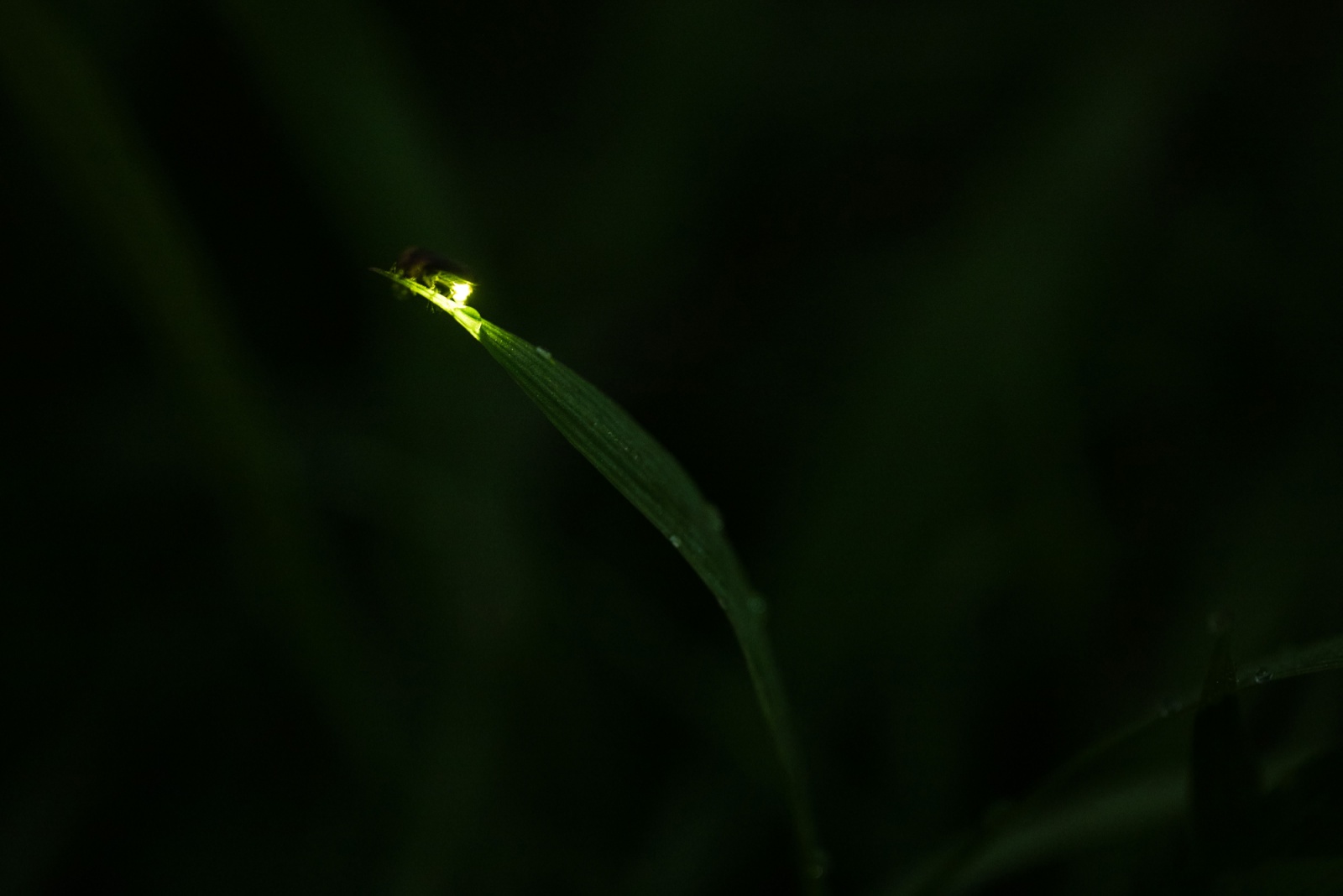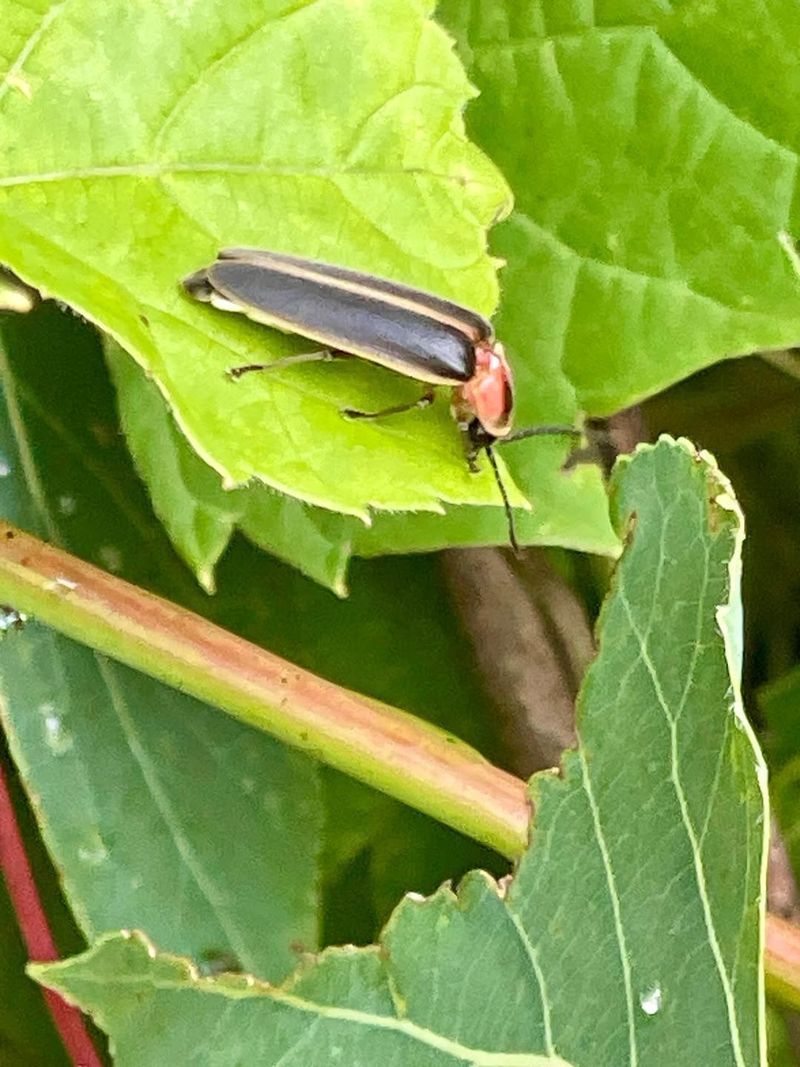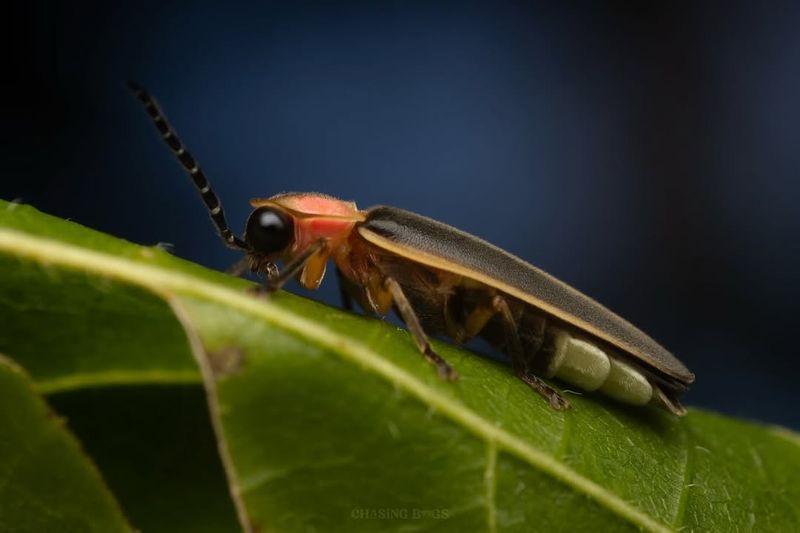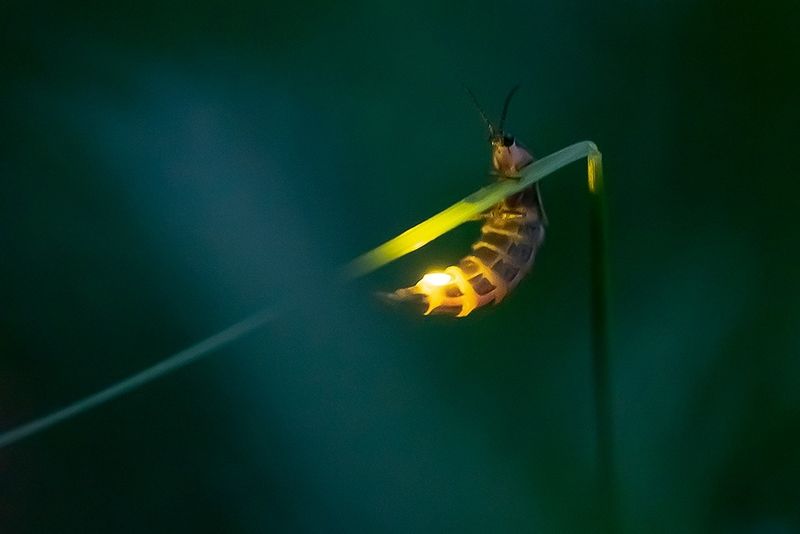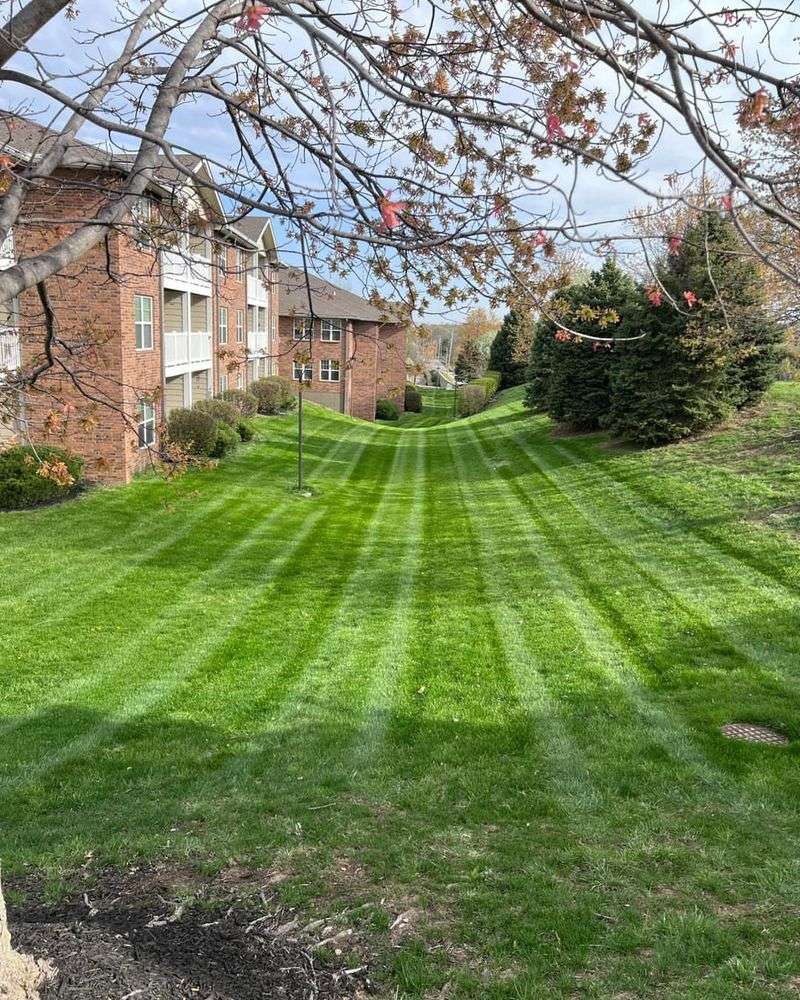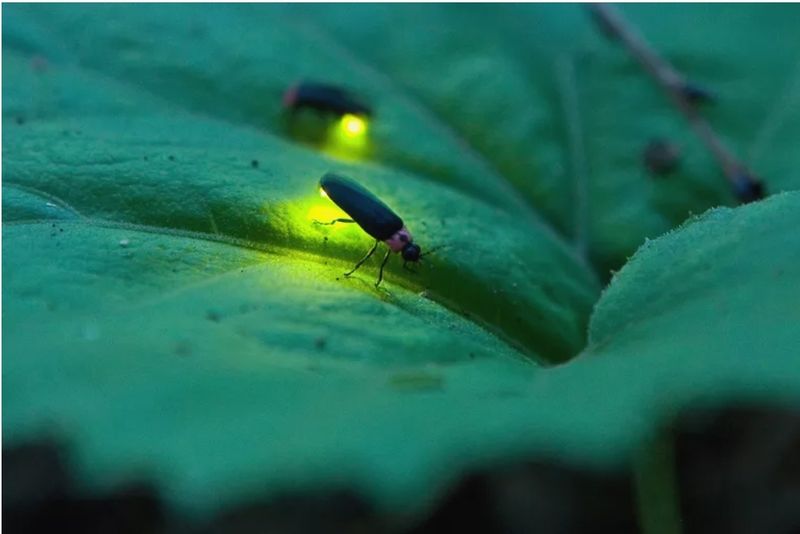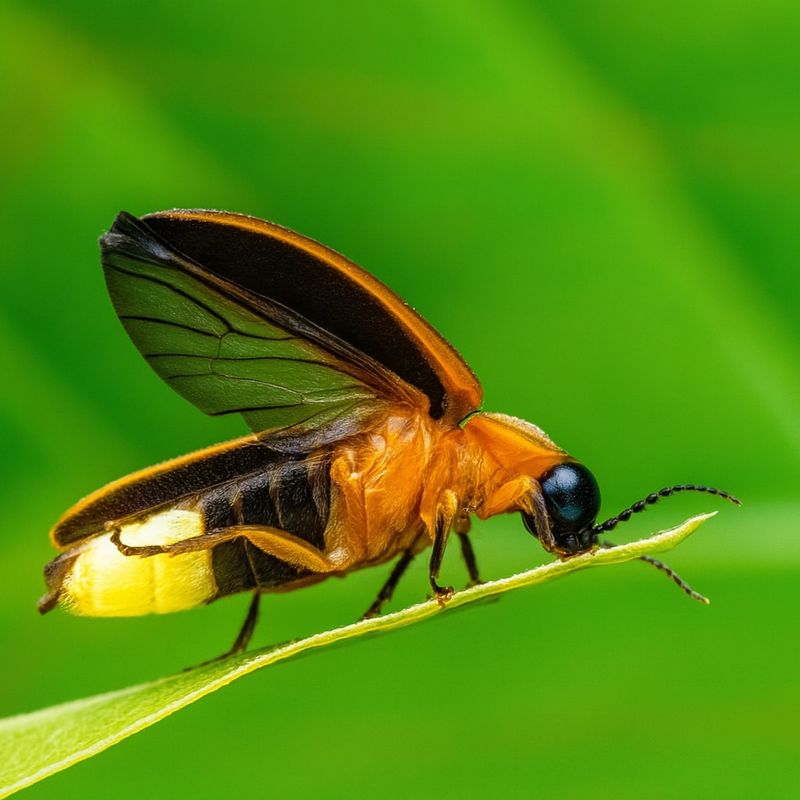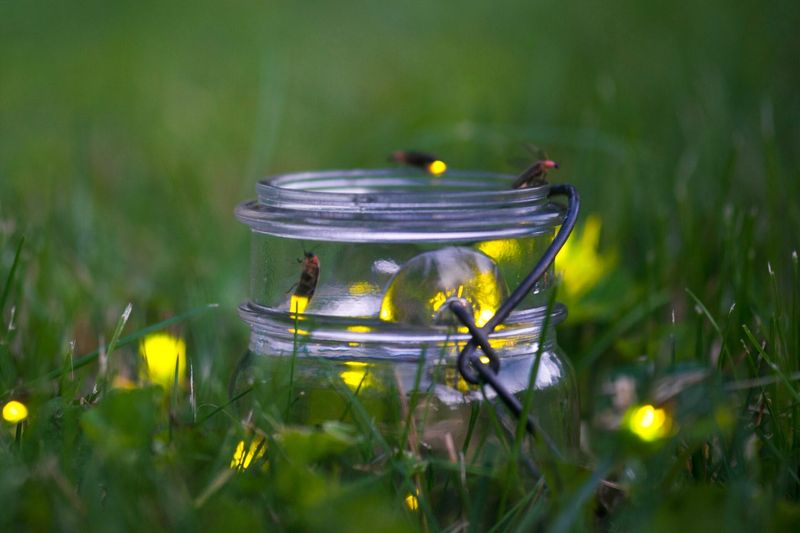Fireflies used to light up Kansas summer nights like tiny floating lanterns, creating magical memories for families across the state. Their gentle glow was a familiar part of warm evenings and backyard fun.
But these glowing insects are getting harder to find each year. Scientists are sounding the alarm as their numbers quietly decline across the region.
I’ve learned that understanding why fireflies are vanishing is the first step in helping them. Protecting their habitats means preserving a little bit of summer magic—and the ecosystems they support.
1. Light Pollution Disrupts Their Glow
Streetlights, porch lights, and shopping center glow make it nearly impossible for fireflies to find each other in Kansas neighborhoods. Male fireflies flash specific patterns to attract females, but artificial light drowns out their signals completely.
When fireflies cannot see each other’s bioluminescent messages, they struggle to mate and reproduce. Many Kansas towns have grown brighter over the decades, pushing fireflies into darker rural areas. Reducing outdoor lighting during summer months could give these insects a fighting chance to communicate properly again.
2. Pesticide Use In Yards And Fields
Chemicals sprayed on lawns and crops across Kansas farmland kill firefly larvae living in the soil. These young fireflies spend up to two years underground before emerging as adults, making them vulnerable to repeated pesticide exposure.
Even bug sprays used in backyards can wipe out entire firefly populations without homeowners realizing it. Kansas agriculture relies heavily on pest control, but broad-spectrum insecticides do not discriminate between harmful pests and beneficial insects.
Choosing targeted treatments or organic alternatives protects fireflies while still managing unwanted bugs effectively.
3. Loss Of Natural Habitats
Housing developments and shopping centers have replaced the meadows, prairies, and wetlands where Kansas fireflies once thrived. These insects need specific environments with moisture, tall grass, and leaf litter to complete their life cycles successfully.
When developers clear land, firefly populations lose their breeding grounds and food sources permanently. Kansas has experienced significant urban sprawl over recent decades, fragmenting natural spaces into smaller, isolated patches.
Preserving green corridors and protecting remaining wild areas gives fireflies the connected habitats they desperately need to survive and flourish.
4. Climate Change Affects Their Timing
Warmer temperatures and unpredictable weather patterns in Kansas throw off the delicate timing fireflies depend on for survival. These insects emerge based on temperature cues, but climate shifts cause mismatches between when they appear and when their food sources are available.
Droughts dry out the moist soil firefly larvae need to develop properly. Kansas has experienced more extreme weather swings recently, with hotter summers and irregular rainfall affecting insect populations statewide.
Supporting climate action and maintaining water-rich areas in your yard helps fireflies adapt to these challenging environmental changes.
5. Lawn Mowing Destroys Their Homes
Perfectly trimmed grass looks neat but eliminates the leaf litter and tall vegetation fireflies need for shelter and laying eggs. Kansas homeowners who mow frequently remove critical habitat without realizing the damage they cause to firefly populations.
Larvae feed on slugs and snails hiding under leaves and in unmowed areas that disappear with regular cutting. Letting portions of your Kansas yard grow wild creates safe zones where fireflies can complete their life cycle.
Even small unmowed patches near fence lines or under trees make a meaningful difference for these struggling insects.
6. Water Sources Are Disappearing
Fireflies need moisture-rich environments to survive, but streams, ponds, and wetlands across Kansas are shrinking or vanishing entirely. Development projects often drain wetlands or redirect water flow, removing the damp conditions fireflies require for reproduction.
Even backyard water features that dry up during hot Kansas summers fail to provide consistent habitat. Larvae cannot survive in completely dry soil, and adults prefer laying eggs near reliable water sources.
Creating small rain gardens or maintaining birdbaths with fresh water throughout summer supports firefly populations in your Kansas neighborhood effectively.
7. Increased Use Of Outdoor Chemicals
Weed killers, fertilizers, and other lawn chemicals popular in Kansas yards poison the soil where firefly larvae live and hunt for food. These products persist in the environment long after application, continuing to harm beneficial insects throughout the growing season.
Many Kansas residents do not realize their quest for perfect green lawns directly contributes to firefly decline. Chemicals also kill the small creatures firefly larvae eat, eliminating their food supply completely.
Switching to natural lawn care methods or accepting a few weeds creates healthier ecosystems where fireflies can thrive alongside your family safely.
8. Fewer People Creating Firefly-Friendly Spaces
Not enough Kansas residents understand what fireflies need or take action to help them survive in residential areas. Simple changes like reducing lights, avoiding chemicals, and leaving wild corners make enormous differences for struggling populations.
Education about firefly conservation remains limited across Kansas communities, so many people do not know how their choices impact these insects. When neighborhoods work together to create firefly-friendly environments, populations can rebound surprisingly quickly.
Sharing information with Kansas neighbors and making small habitat improvements in your own yard contributes to saving these beloved summer icons for future generations to enjoy.

